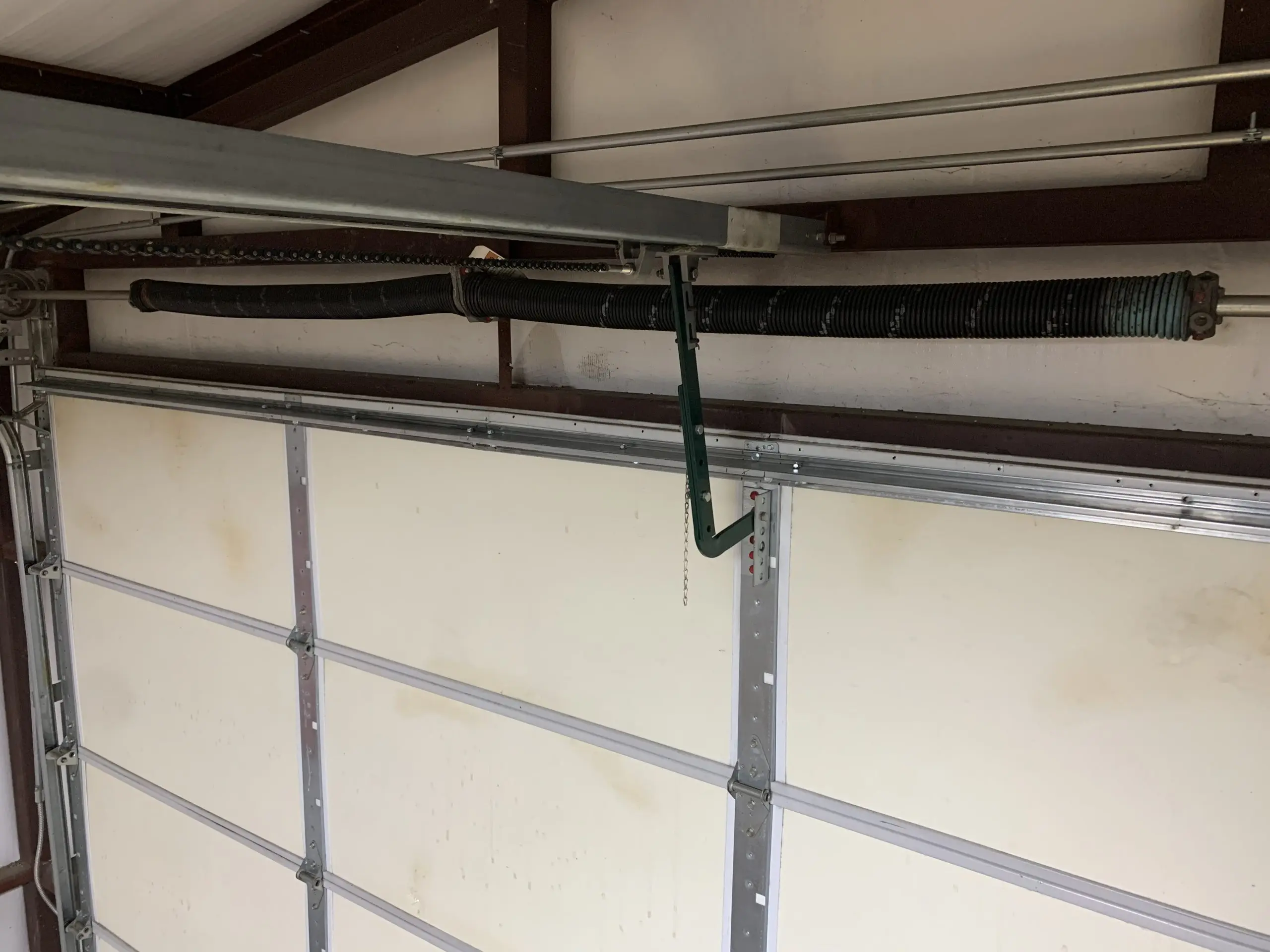

Articles
How To Reinforce A Garage Door
Modified: October 19, 2024
Learn how to reinforce your garage door with these helpful articles. Increase security and protect your property with these expert tips and techniques.
(Many of the links in this article redirect to a specific reviewed product. Your purchase of these products through affiliate links helps to generate commission for Storables.com, at no extra cost. Learn more)
Introduction
When it comes to the security and protection of your home, your garage door plays a vital role. It not only safeguards your vehicles and belongings but also acts as an entry point to your home. It’s essential to ensure that your garage door is strong and durable enough to resist forceful attempts of unauthorized access.
One effective way to reinforce your garage door is by adding extra layers of protection and strengthening its structural integrity. By following a few simple steps, you can significantly enhance the security of your garage and provide peace of mind for you and your family.
In this article, we will walk you through the process of reinforcing your garage door. We will discuss assessing the current condition of your garage door, selecting the right reinforcement materials, strengthening the tracks and panels, improving the hardware, installing additional reinforcement brackets, and testing the effectiveness of your newly reinforced garage door.
Whether you have a wooden, steel, or aluminum garage door, this guide will provide you with the necessary information to reinforce it properly. So, let’s dive in and learn how to reinforce your garage door for maximum security and protection.
Key Takeaways:
- Reinforcing your garage door involves assessing its condition, selecting the right materials, and strengthening tracks, panels, and hardware. Testing the door’s effectiveness is crucial for ensuring maximum security and protection.
- By reinforcing your garage door with high-quality materials and proper installation, you create a formidable barrier against potential intruders. Prioritize security, consult professionals if needed, and take action to ensure the safety of your home and loved ones.
Read also: 11 Best Door Lock Reinforcement For 2025
Step 1: Assessing the Current Condition of Your Garage Door
Before you start reinforcing your garage door, it’s important to assess its current condition. This step is crucial as it helps you identify any existing weaknesses or areas that require special attention during the reinforcement process.
Start by conducting a visual inspection of your garage door, both from the inside and outside. Look for any signs of damage, such as cracks, dents, or warping. Pay close attention to the hinges, rollers, tracks, and panels. If you notice any significant damage, it may be necessary to repair or replace those components before reinforcing the door.
- Inspect the weather stripping. Over time, weather stripping can deteriorate, allowing drafts, moisture, and pests inside. Replace any worn-out weather stripping to improve energy efficiency and protect against external elements.
- Check the balance and alignment. A garage door that is out of balance or misaligned can put excessive strain on the opener and compromise its security. Test the door’s balance by disconnecting the opener and manually lifting the door to see if it stays in place when partially open. If it doesn’t, you may need to adjust the spring tension or seek professional help.
- Examine the garage door opener. Ensure that your garage door opener is in good working condition. Check the motor, sensors, and remote controls to make sure they are functioning correctly. If any components need repair or replacement, address them before reinforcing the door.
- Look for weak spots. Pay attention to any areas where the door feels weaker or less sturdy than the rest. This could be due to age, wear and tear, or structural issues. Identifying these weak spots will help you prioritize your reinforcement efforts.
By thoroughly examining your garage door, you will have a clear understanding of its current condition and any necessary repairs or replacements needed. This will ensure that you reinforce your garage door effectively and address any existing vulnerabilities.
Step 2: Selecting the Right Reinforcement Materials
Once you have assessed the condition of your garage door, the next step is to select the appropriate reinforcement materials. The right materials will help improve the strength and resilience of your garage door, making it more resistant to forced entry attempts.
Here are some commonly used materials for reinforcing garage doors:
- Steel Bars or Struts: These are sturdy metal bars or struts that are installed horizontally on the inside of the garage door. They provide additional support and prevent the door from flexing or bending under pressure.
- Security Pins or Locks: These are heavy-duty bolts or pins that can be inserted into the track of the garage door. When engaged, they prevent the door from being lifted, adding an extra layer of security.
- Reinforced Brackets: These metal brackets are installed on the backside of the garage door panels to reinforce their structure and prevent flexing or bending.
- High-Quality Garage Door Locks: Upgrade your existing locks to more secure options, such as deadbolts or keypad locks, providing enhanced protection against break-ins.
- Security Film or Glass: For garage doors with windows, applying security film or using tempered glass can prevent easy breakage and intrusion.
- Anti-Kick Devices: These devices, such as steel plates or bars, are installed at the bottom corners of the garage door to reinforce against forced entry attempts.
When selecting your reinforcement materials, it’s important to choose high-quality products that are specifically designed for garage door security. Consider the material, strength, durability, and compatibility with your existing garage door setup. Additionally, ensure that the installation process aligns with your DIY capabilities and follow manufacturer instructions for proper and safe installation.
By selecting the right reinforcement materials, you can significantly enhance the security and strength of your garage door, making it a formidable barrier against potential intruders.
Step 3: Reinforcing the Garage Door Tracks
The tracks of your garage door play a crucial role in its smooth operation and security. Reinforcing the tracks is essential to prevent any tampering or forced entry attempts. Follow these steps to reinforce the garage door tracks:
- Inspect the Tracks: Carefully examine the tracks for any signs of damage or wear. Look for bent sections, loose screws, or gaps between the tracks and the wall. Address any issues by realigning or repairing the tracks as necessary.
- Install Steel Bars: Measure the width of the door tracks and cut steel bars to fit accordingly. Attach these bars vertically along the tracks using sturdy screws or bolts. The steel bars will reinforce the tracks and prevent them from being pried open.
- Add Track Brackets: In addition to steel bars, consider installing track brackets for added reinforcement. These brackets attach to the wall and provide extra stability to the tracks, making it harder for intruders to force the door open.
- Upgrade the Track Mounting Hardware: Replace the existing track mounting hardware, such as screws and brackets, with heavy-duty alternatives. These stronger components will provide increased support and resistance to forced entry attempts.
- Secure the Tracks: Make sure that the tracks are securely fastened to the wall. Tighten any loose screws or bolts and use heavy-duty anchors if necessary. A properly secured track will add an extra layer of stability and security to your garage door.
By reinforcing the garage door tracks, you enhance the overall strength and stability of the door. This makes it more difficult for intruders to manipulate or pry open the door, increasing your home’s security.
Step 4: Strengthening the Garage Door Panels
The panels of your garage door are vulnerable areas that can be easily targeted by intruders. Strengthening these panels is crucial to ensure the overall security and durability of your garage door. Follow these steps to reinforce the garage door panels:
- Inspect the Panels: Thoroughly examine each panel for any signs of damage, such as cracks or dents. Replace any severely damaged panels before reinforcing.
- Add Reinforcement Brackets: Install reinforcement brackets on the inside of each panel, along the top and bottom edges. These brackets provide additional support and prevent the panels from flexing or bending under pressure.
- Apply Panel Reinforcement Kits: Consider using panel reinforcement kits, which consist of metal plates or bars that are applied to each panel. These kits effectively strengthen the panels and increase their resistance against forceful attacks.
- Apply Epoxy Resin or Plywood: For wooden garage doors, you can apply epoxy resin or add a layer of plywood to reinforce the panels. This helps to increase their structural integrity and make them more resistant to damage.
- Upgrade to Impact-Resistant Panels: If your budget allows, consider upgrading to impact-resistant garage door panels. These specially designed panels are made from reinforced materials that are more resistant to damage and break-ins.
By strengthening the garage door panels, you make it harder for intruders to break through them. This adds an extra layer of protection and improves the overall security of your garage and home.
Regularly inspect and maintain the hinges, tracks, and rollers of your garage door to ensure they are in good condition. Tighten any loose hardware and replace any worn parts to reinforce the door’s strength and security.
Read more: How To Make A Garage Door
Step 5: Improving the Garage Door Hardware
Upgrading and improving the hardware of your garage door is an essential step in reinforcing its security and functionality. By replacing old or weak components with more robust options, you can significantly enhance the overall strength and resistance of your garage door. Follow these steps to improve the garage door hardware:
- Upgrade the Lock: Consider replacing your current garage door lock with a more secure option, such as a deadbolt lock or a keypad lock system. These types of locks offer enhanced protection against forced entry attempts.
- Replace Hinges and Rollers: Inspect the hinges and rollers on your garage door and replace any worn-out or damaged ones. Choose heavy-duty hinges and rollers that can better withstand pressure and provide smoother operation.
- Install Reinforced Track Supports: Reinforce the track supports by installing heavy-duty brackets or supports. These will provide additional stability and prevent the tracks from bending or becoming dislodged during forceful attempts to open the door.
- Add Security Plates: Install security plates on the exterior side of the garage door near the handles or lock. These plates reinforce the area around the lock and make it more difficult for intruders to manipulate or pry open the door.
- Upgrade the Opener: If you have an older garage door opener, consider upgrading to a newer model with advanced security features. Look for openers that offer rolling code technology, which generates a new code each time the door is opened to prevent code grabbing by potential intruders.
- Secure Emergency Release Lever: To prevent unauthorized access through the emergency release lever, secure it with a zip tie or similar device. This ensures that the lever can only be operated from the inside, eliminating the possibility of someone using it to gain access to your garage.
By improving the garage door hardware, you not only enhance its security but also improve its overall functionality and performance. These hardware upgrades contribute to a stronger and more reliable garage door system.
Step 6: Installing Additional Reinforcement Brackets
In addition to reinforcing the tracks and panels, installing additional reinforcement brackets further enhances the strength and security of your garage door. These brackets provide extra support and stability, making it even more difficult for intruders to breach your garage. Follow these steps to install additional reinforcement brackets:
- Determine Bracket Placement: Assess your garage door and identify areas where additional reinforcement is needed. Typically, you’ll want to install brackets near the top and bottom corners of the door, as well as at the midpoint of each panel.
- Measure and Mark the Bracket Locations: Use a tape measure to carefully measure and mark the exact positions where the brackets will be installed. Ensure that the brackets are equidistant from the edges and properly aligned.
- Pre-drill Screw Holes: Using a drill and a drill bit appropriate for the screws you’ll be using, pre-drill holes at the marked locations. This will make it easier to drive the screws in and reduce the chances of splitting the wood.
- Attach the Brackets: Align the brackets with the pre-drilled holes and attach them securely using heavy-duty screws or bolts. Make sure they are tightly fastened to provide maximum reinforcement.
- Repeat for Each Bracket: Repeat the process for each additional reinforcement bracket you plan to install. Remember to ensure proper alignment and secure attachment.
By installing additional reinforcement brackets, you significantly increase the strength and stability of your garage door system. These brackets act as an extra layer of defense, making it harder for intruders to compromise the door and gain access to your home.
Step 7: Testing the Reinforced Garage Door
After completing the reinforcement process, it’s crucial to test the effectiveness of your newly reinforced garage door. This step ensures that your efforts have been successful in enhancing the security and strength of your door. Follow these steps to test the reinforced garage door:
- Operate the Garage Door: Open and close the garage door several times to ensure that it moves smoothly and without any resistance or unusual noises. Observe the operation of the door to make sure that it is functioning properly.
- Check for Panel Flex: Inspect the garage door panels for any signs of flexing or bending. Apply pressure to different areas of the door to see if the reinforcement measures have effectively minimized any movement or flexing.
- Test Security Measures: Try to lift the garage door from the outside while it’s closed. Ensure that the reinforcement materials and hardware prevent the door from being lifted easily.
- Verify Locking Mechanisms: Test the functionality of the locks or security features you have installed. Ensure that they engage and disengage smoothly, providing a secure locking mechanism.
- Check Sensor Alignment: If your garage door opener has sensors, verify that they are properly aligned and working correctly. Ensure that the door stops and reverses if an obstruction is detected.
- Consult a Professional: If you have any doubts or concerns about the effectiveness of your reinforcement measures, consider consulting a professional garage door technician. They can perform a thorough evaluation and provide expert advice.
Testing the reinforced garage door will give you peace of mind knowing that your efforts have paid off and your garage is better protected. If any areas or components do not meet your expectations during testing, consider making the necessary adjustments or seeking professional assistance.
Conclusion
Reinforcing your garage door is an essential step in improving the security and protection of your home. By following the steps outlined in this guide, you can significantly enhance the strength and resilience of your garage door, making it more resistant to forced entry attempts.
Throughout the reinforcement process, it’s important to assess the current condition of your garage door, select the appropriate materials, reinforce the tracks and panels, improve the hardware, install additional reinforcement brackets, and test the effectiveness of your efforts.
Remember to prioritize the security of your garage door by using high-quality reinforcement materials and following proper installation techniques. Consult professional assistance if needed, especially for complex installations or if you are unsure about any aspect of the reinforcement process.
By reinforcing your garage door, you not only protect your vehicles and belongings but also create a stronger barrier against potential intruders. The added security and peace of mind that comes with a reinforced garage door is well worth the time and effort invested.
Take action today and reinforce your garage door to ensure the safety of your home and loved ones.
Now that you've taken steps to secure your garage door, consider extending that peace of mind to your entire home. Our next guide dives into essential strategies for enhancing home safety and why fortifying your property shouldn't be overlooked. Don't miss out on expert advice that could make all the difference in safeguarding what's dear to you.
Frequently Asked Questions about How To Reinforce A Garage Door
Was this page helpful?
At Storables.com, we guarantee accurate and reliable information. Our content, validated by Expert Board Contributors, is crafted following stringent Editorial Policies. We're committed to providing you with well-researched, expert-backed insights for all your informational needs.
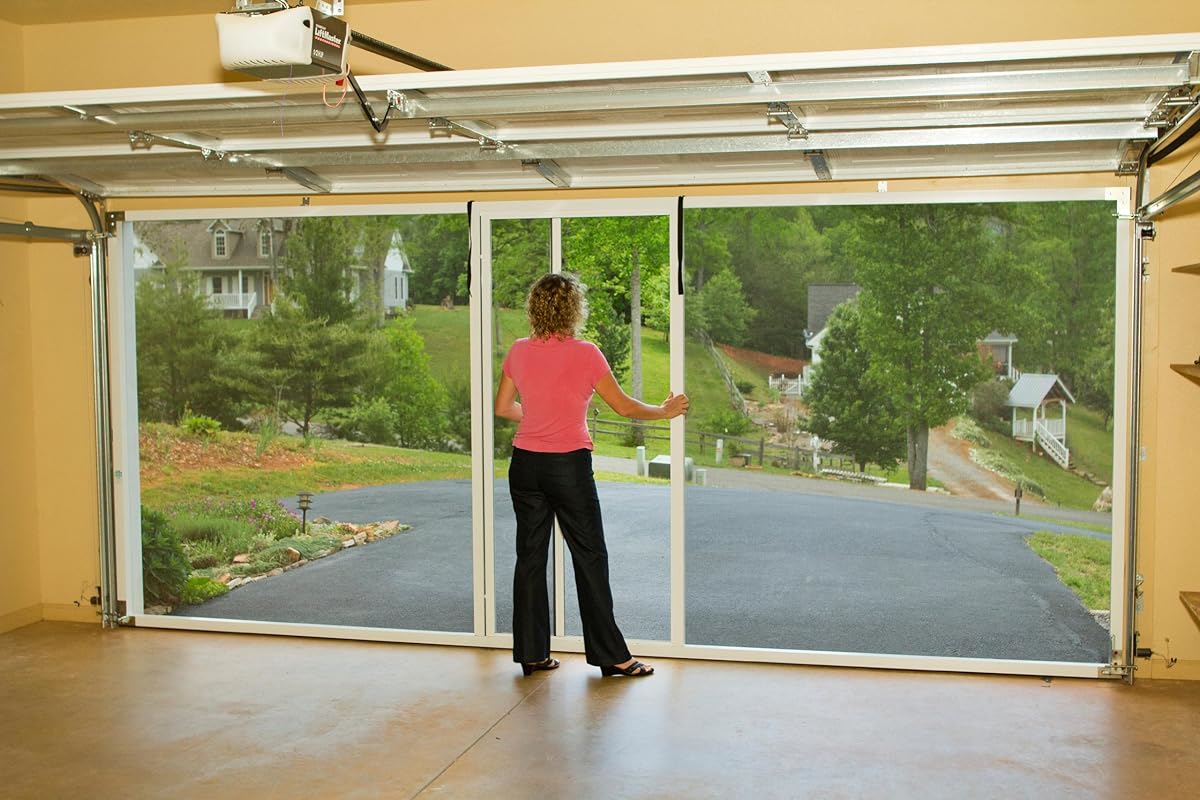
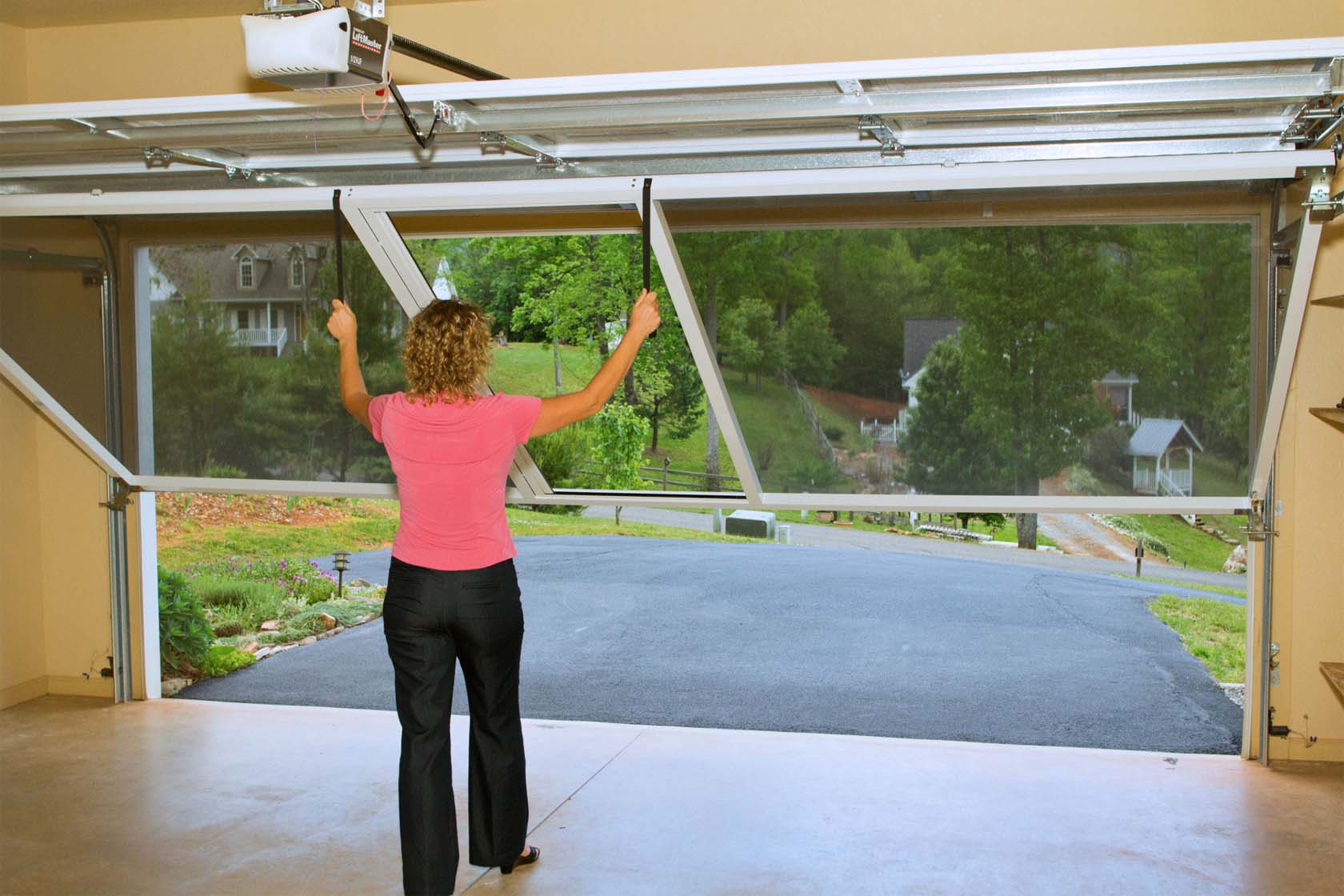

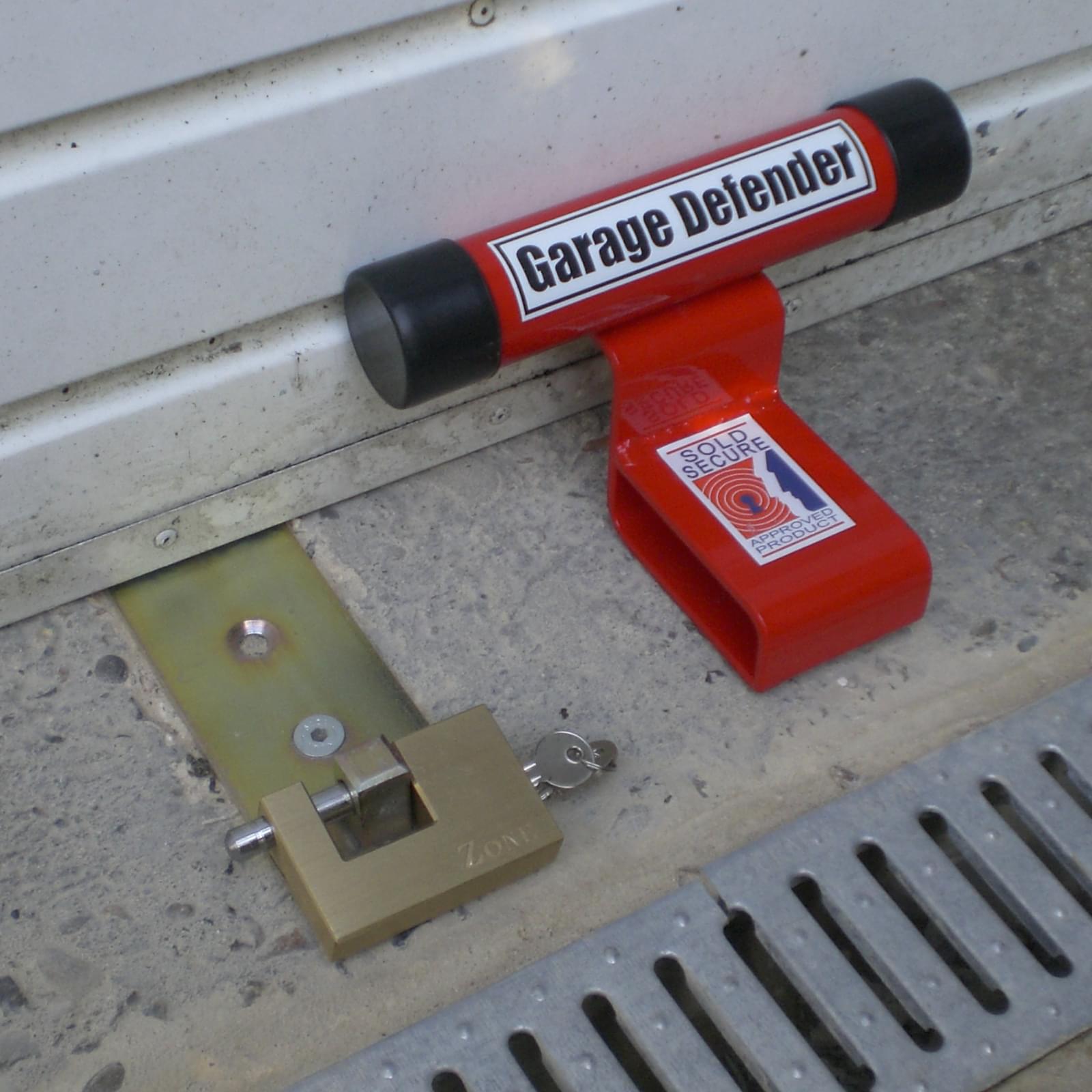

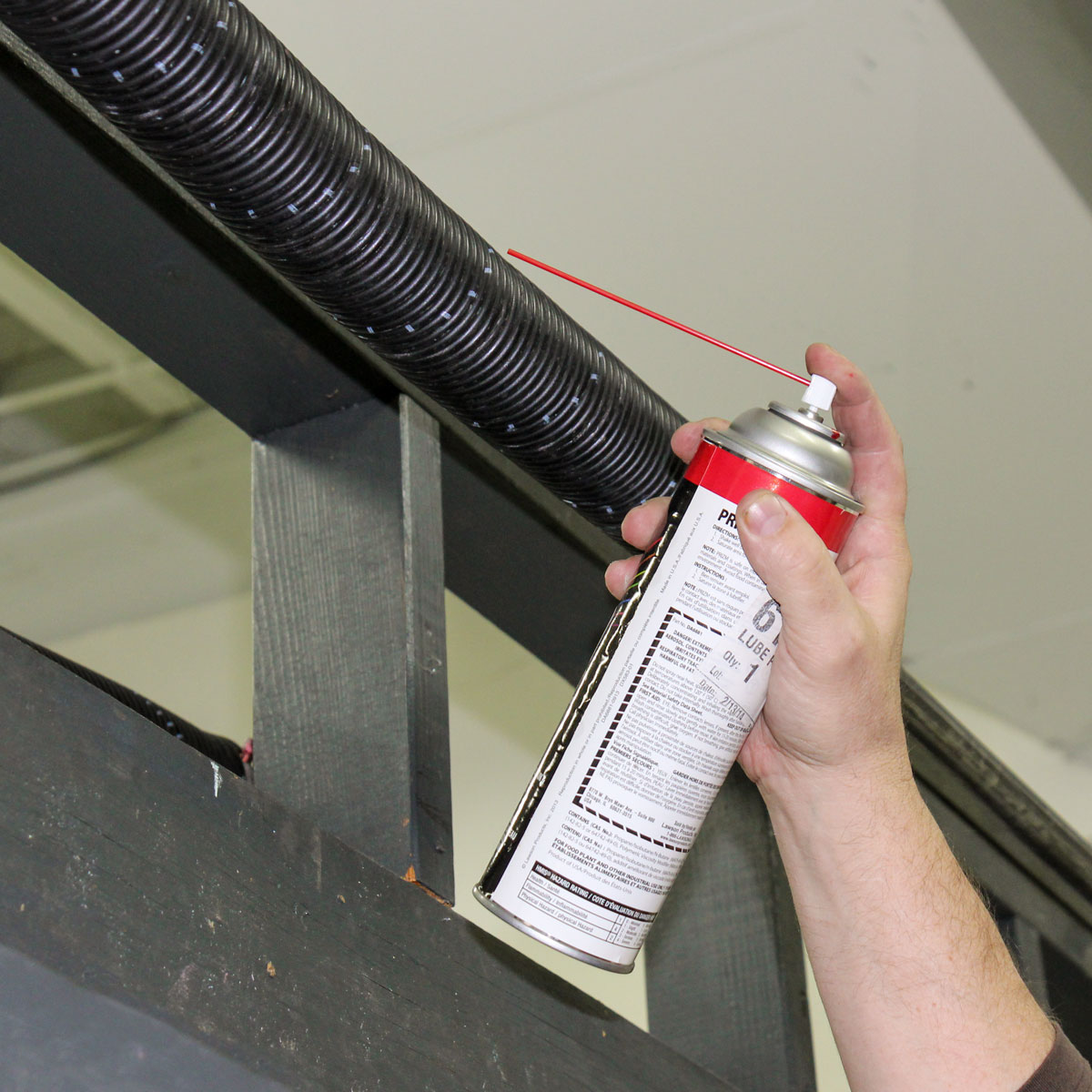
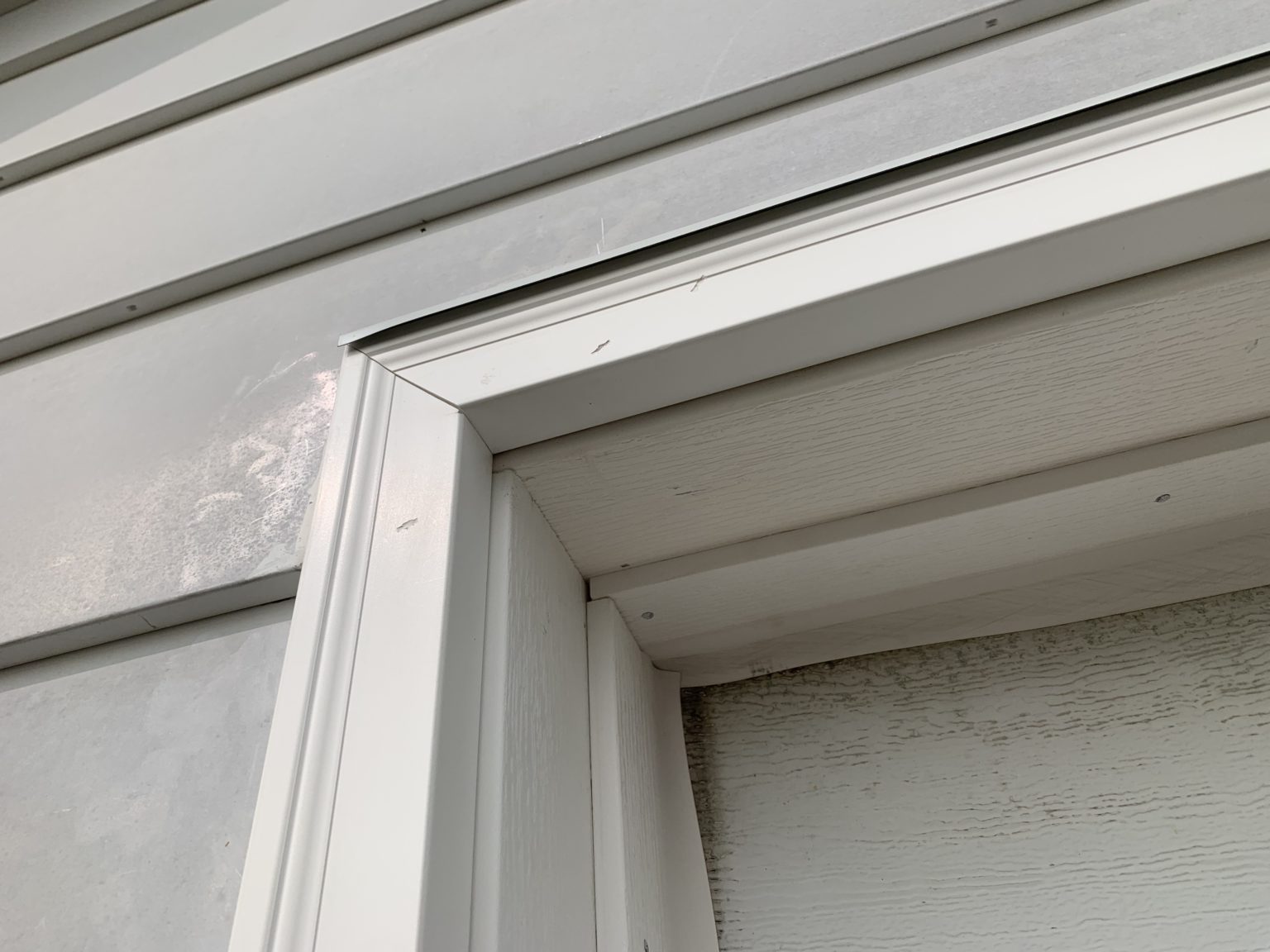
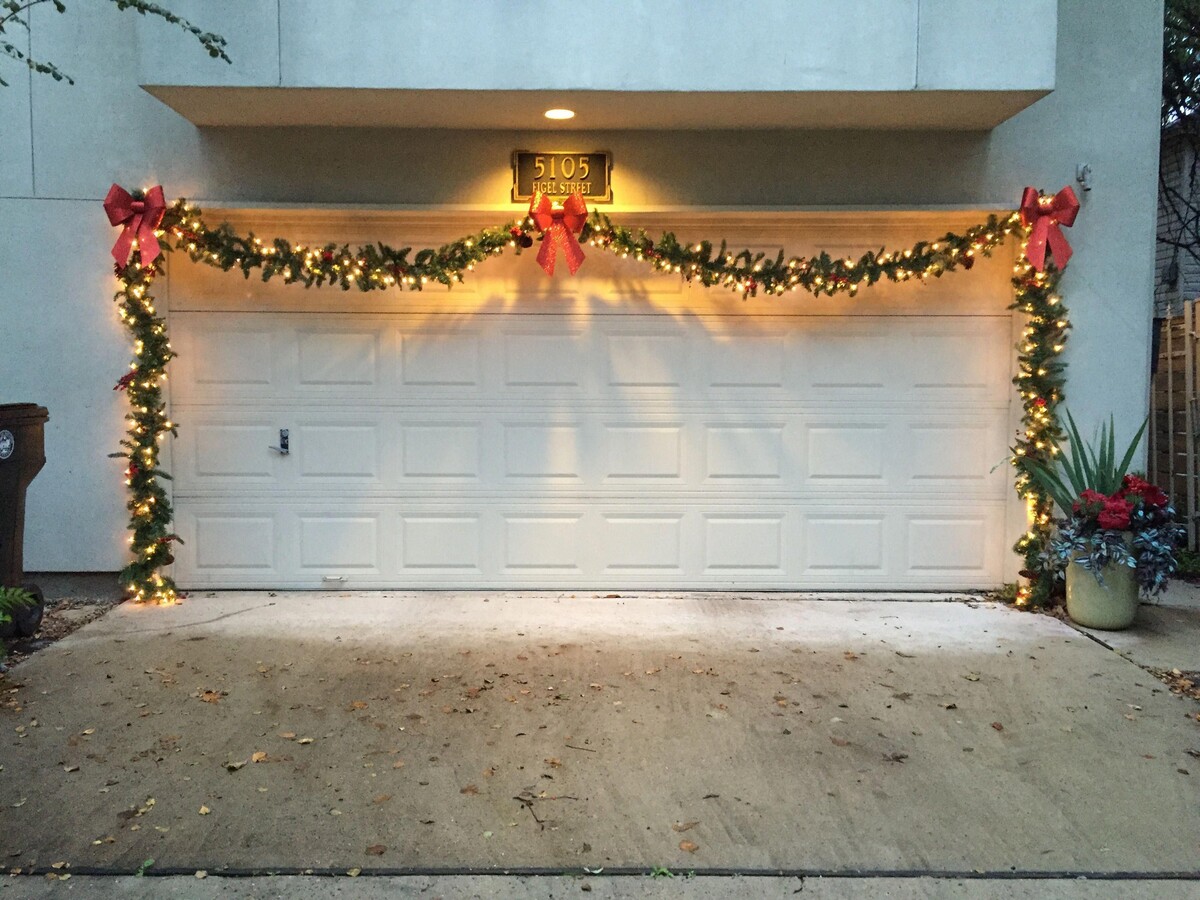
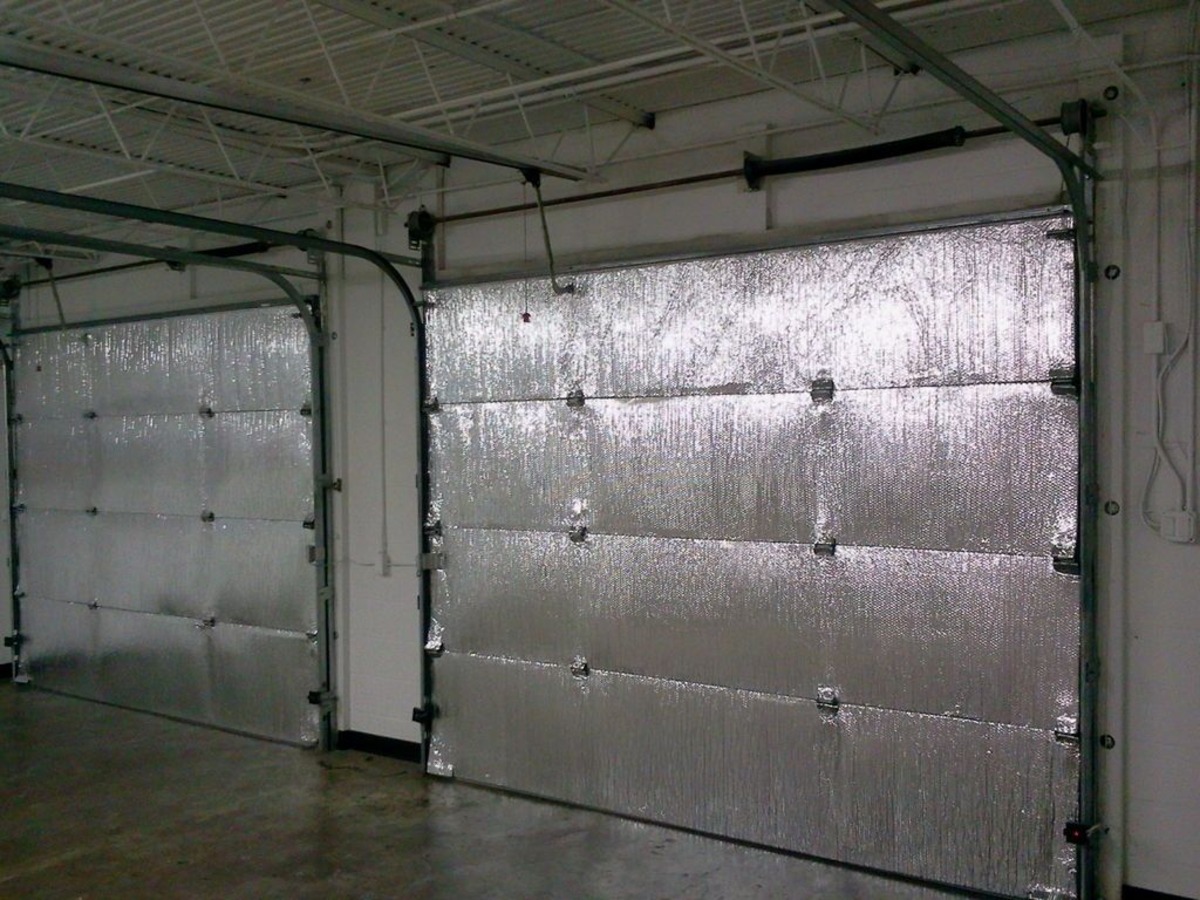
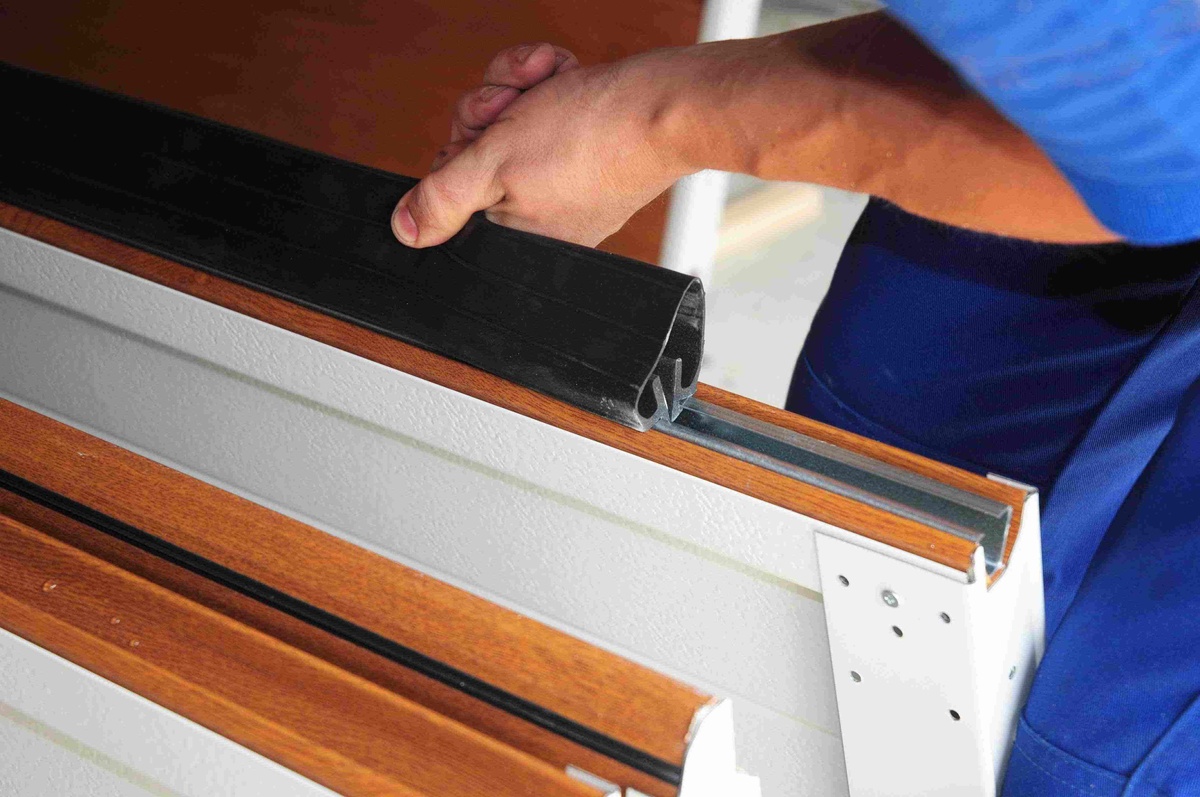
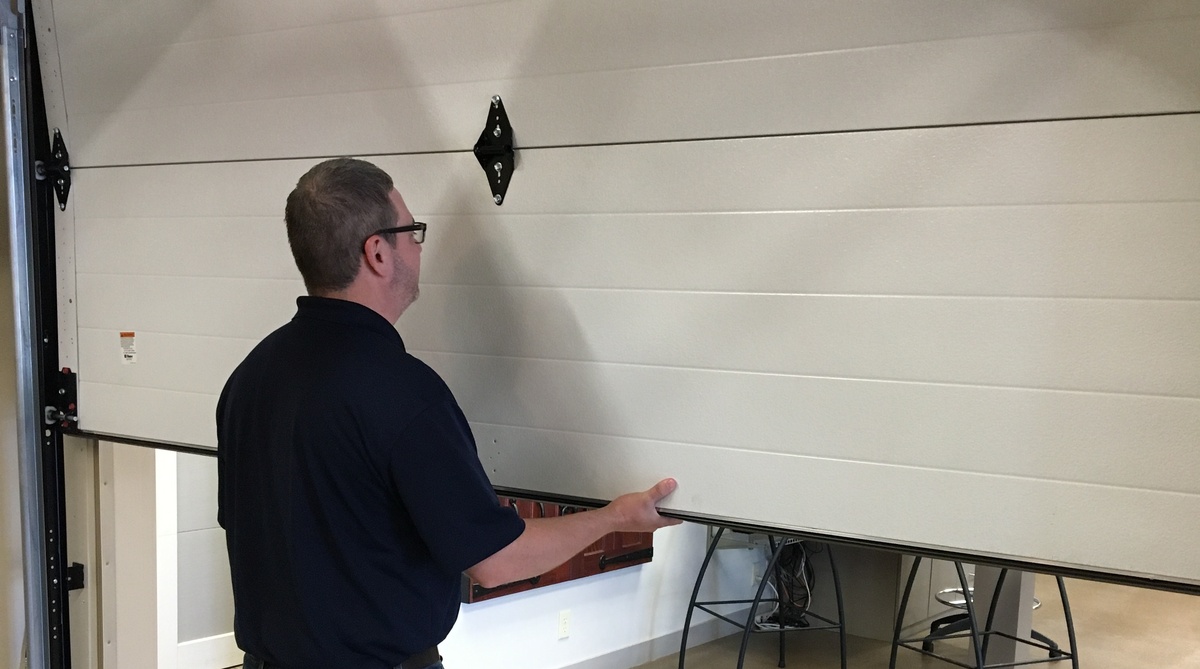
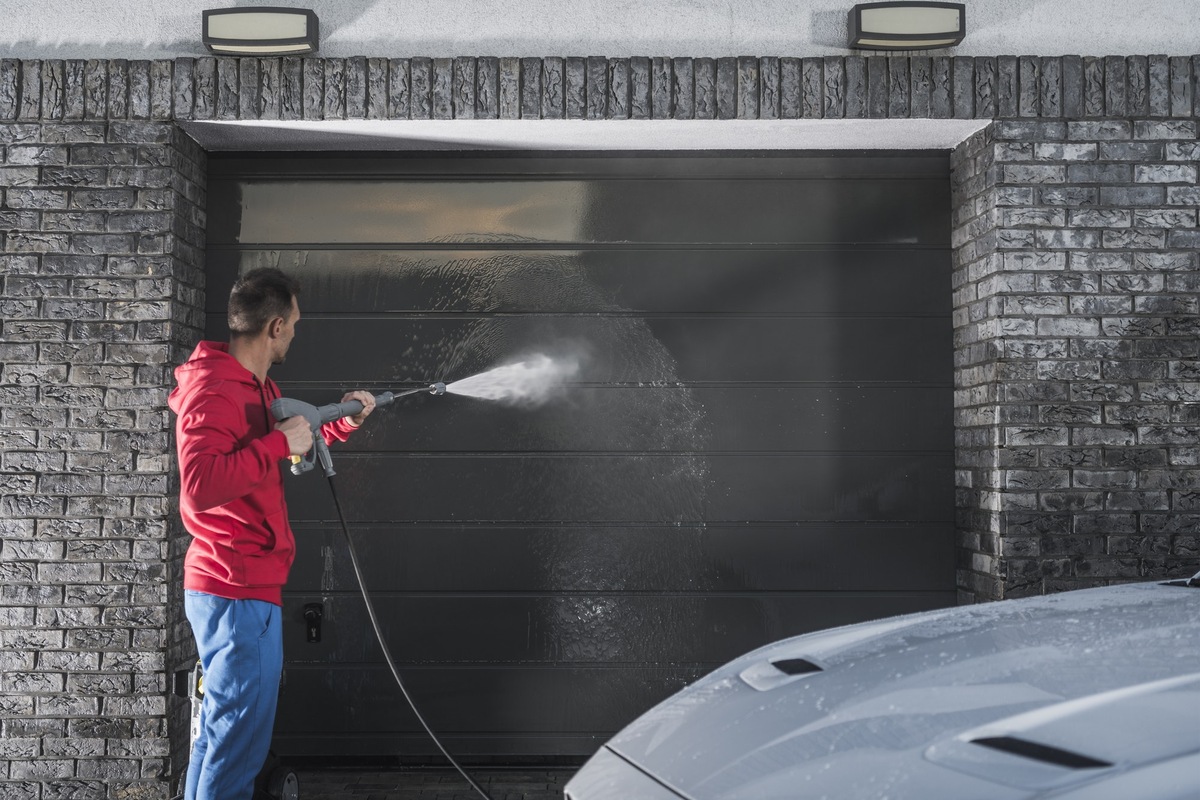
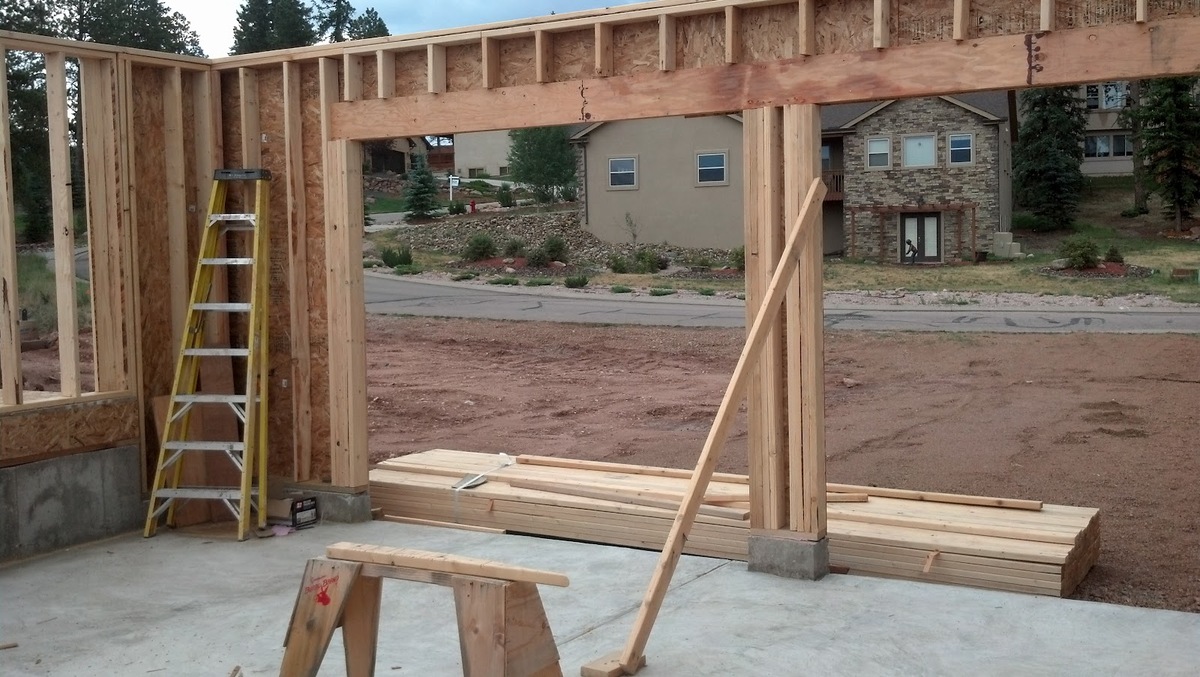
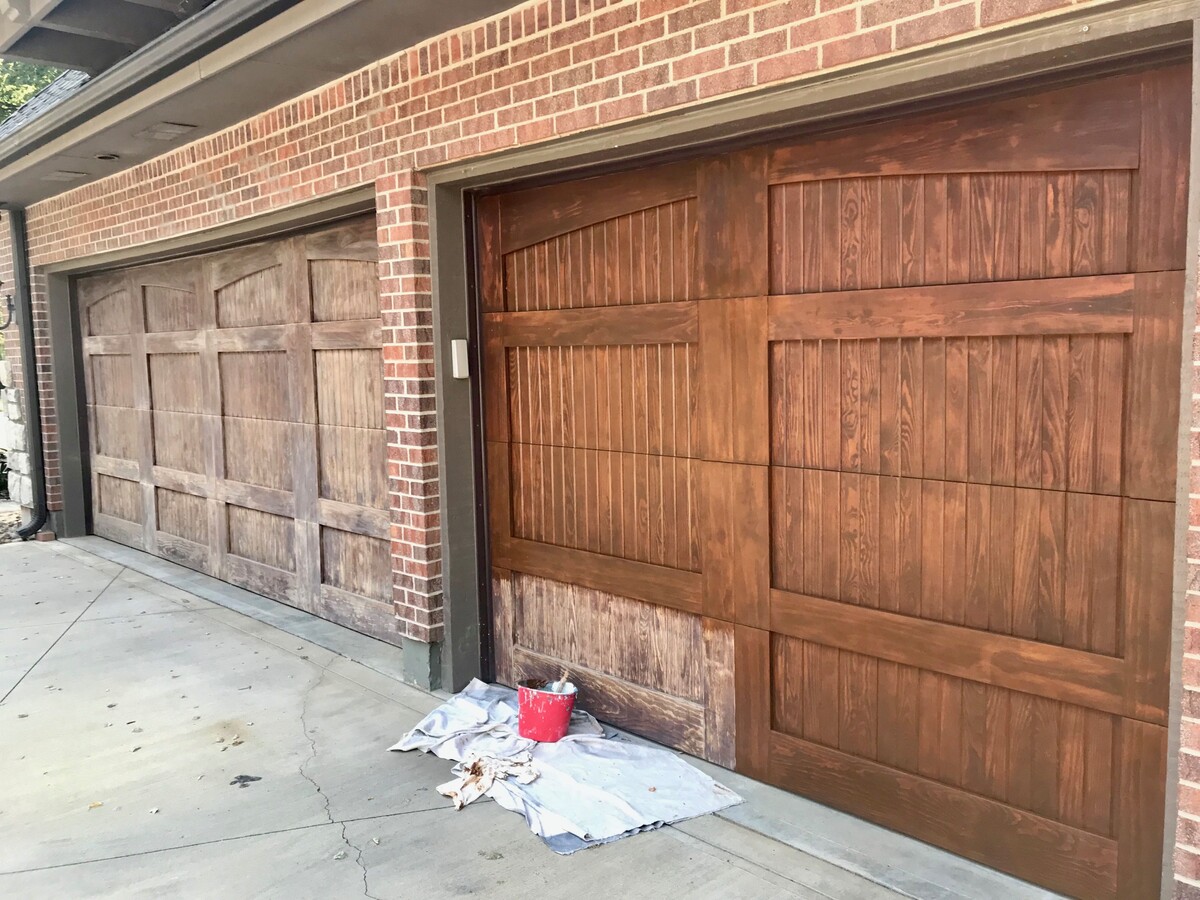

0 thoughts on “How To Reinforce A Garage Door”